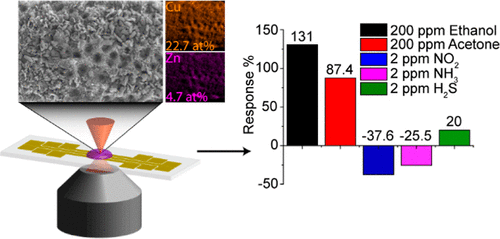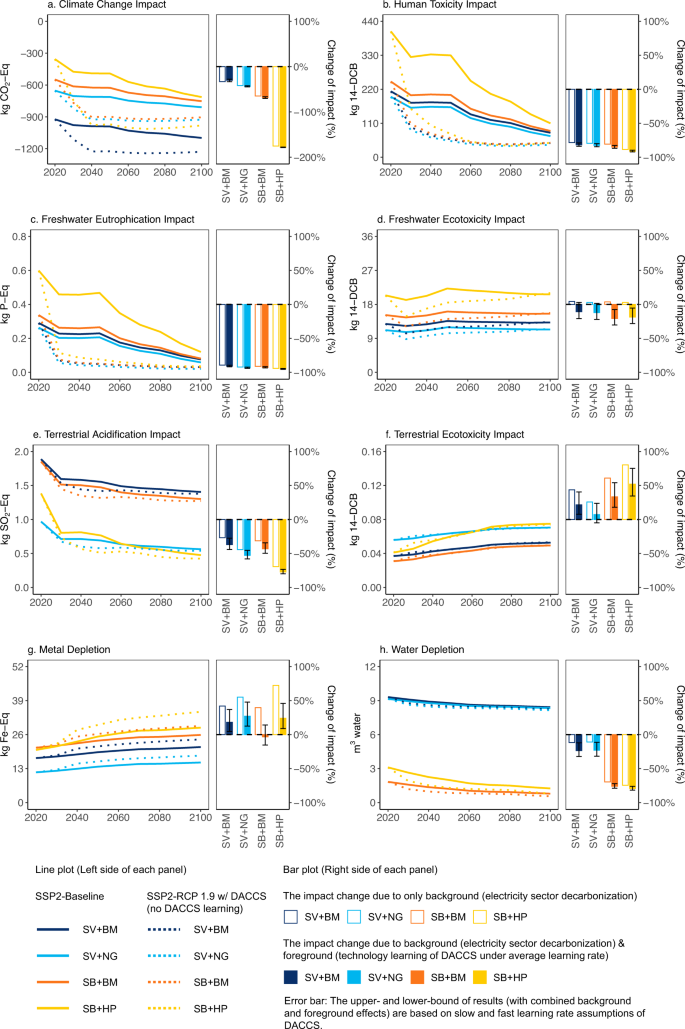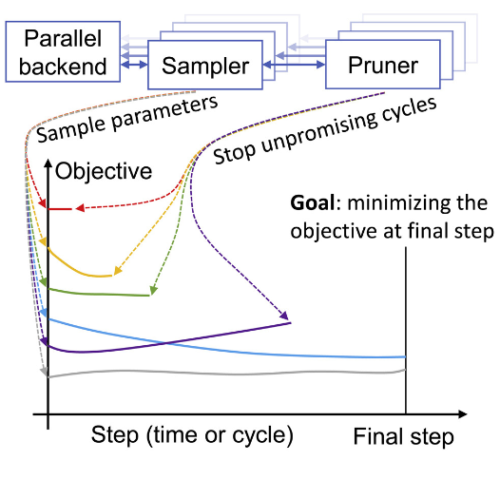2022-06-29 ペンシルベニア州立大学(PennState)
レーザー誘起熱ボクセルプロセスを開発し、金属酸化物の同時生成とセンサープラットフォームへの直接統合を可能にした。
研究者達は、現在センサーに使用されている5つの異なる金属と金属の組み合わせをテストしました。Castonguay教授によると、異なる金属酸化物が接触する点はヘテロ接合と呼ばれ、2つの材料の界面に独特の環境を作り出し、ガスセンサーの応答を高めるという。研究チームは、酸化銅と酸化亜鉛のヘテロ接合では、エタノール、アセトン、二酸化窒素、アンモニア、硫化水素といった試験対象のガスに対する応答が、酸化銅だけの場合に比べて5~20倍も向上することを見出した。
この発見は、混合酸化物系を作製することでセンサーの応答性が大幅に向上するという科学文献上の他の報告を裏付けるものであり、混合酸化物ガスセンサー作製におけるレーザー誘起熱ボクセル技術の有効性を実証するものです。
<関連情報>
- https://www.psu.edu/news/research/story/laser-writing-may-enable-electronic-nose-multi-gas-sensor/
- https://pubs.acs.org/doi/full/10.1021/acsami.2c03561
液体前駆体からのレーザー直接描画によるマイクロスケール金属酸化物ガスセンサーの作製 Direct Laser Writing of Microscale Metal Oxide Gas Sensors from Liquid Precursors
Alexander C. Castonguay,Ning Yi, Bowen Li, Jiang Zhao, Han Li, Yuyan Gao, Nabila N. Nova, Naveen Tiwari, Lauren D. Zarzar*, and Huanyu Cheng
Applied Materials & Interfaces Published:June 10, 2022
DOI:https://doi.org/10.1021/acsami.2c03561

Abstract
Fabrication and processing approaches that facilitate the ease of patterning and the integration of nanomaterials into sensor platforms are of significant utility and interest. In this work, we report the use of laser-induced thermal voxels (LITV) to fabricate microscale, planar gas sensors directly from solutions of metal salts. LITV offers a facile platform to directly integrate nanocrystalline metal oxide and mixed metal oxide materials onto heating platforms, with access to a wide variety of compositions and morphologies including many transition metals and noble metals. The unique patterning and synthesis flexibility of LITV enable the fabrication of chemically and spatially tailorable microscale sensing devices. We investigate the sensing performance of a representative set of n-type and p-type LITV-deposited metal oxides and their mixtures (CuO, NiO, CuO/ZnO, and Fe2O3/Pt) in response to reducing and oxidizing gases (H2S, NO2, NH3, ethanol, and acetone). These materials show a broad range of sensitivities and notably a strong response of NiO to ethanol and acetone (407 and 301% R/R0 at 250 °C, respectively), along with a 5- to 20-fold sensitivity enhancement for CuO/ZnO to all gases measured over pure CuO, highlighting the opportunities of LITV for the creation of mixed-material microscale sensors.



